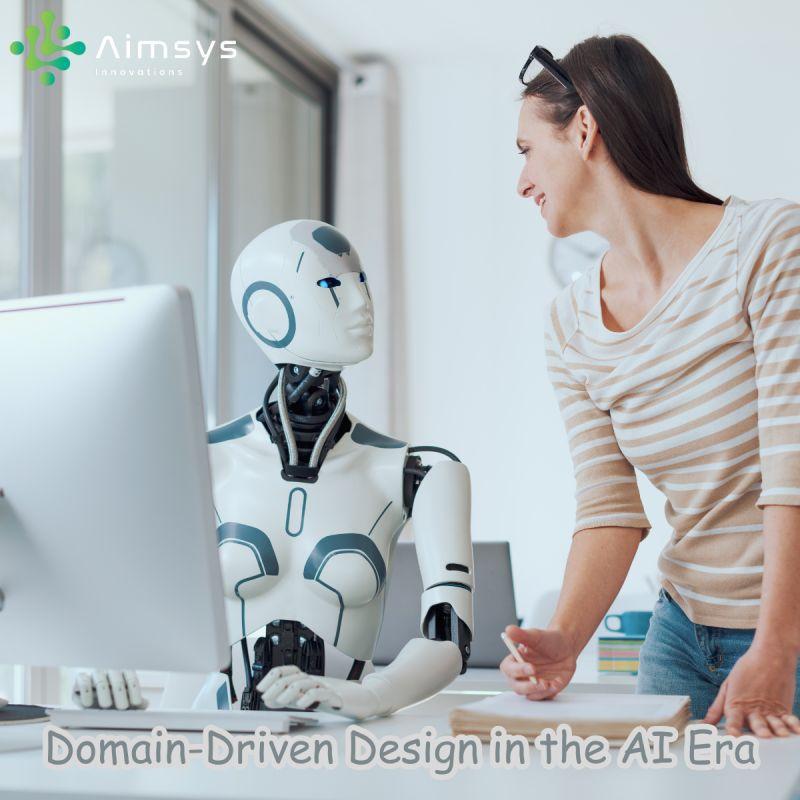Posted At: Feb 14, 2025 - 325 Views

Domain-Driven Design in the AI Era: Bridging Complexity with Intelligence😎
As artificial intelligence continues to revolutionize industries, software development practices are evolving to keep pace. One such practice, Domain-Driven Design (DDD), has gained renewed relevance in the AI era. By combining DDD's focus on understanding business domains with AI's ability to process and analyze complex data, organizations can build smarter, more adaptive systems.
🧐What is Domain-Driven Design?
Domain-Driven Design (DDD) is a software design approach introduced by Eric Evans in his seminal book Domain-Driven Design: Tackling Complexity in the Heart of Software. At its core, DDD emphasizes:
🗝️Understanding the Domain: Collaborating with domain experts to deeply understand the business problem.
🗝️ Ubiquitous Language: Creating a shared language between developers and domain experts to ensure alignment.
🗝️ Bounded Contexts: Dividing a system into smaller, manageable modules that correspond to specific areas of the domain.
🗝️ Focus on Core Domains: Prioritizing the most critical parts of the business over generic or supporting aspects.
DDD is particularly effective for tackling complex systems where understanding and modeling the domain is critical for success.
How DDD Complements AI
The intersection of DDD and AI creates opportunities to build systems that are both intelligent and deeply aligned with business goals. Here’s how they complement each other:
💪Enriching Domain Models with AI
AI can enhance domain models by providing data-driven insights that were previously unavailable. For example:
In e-commerce, machine learning algorithms can predict customer preferences, enriching the product recommendation domain model.
In healthcare, AI can analyze patient data to improve diagnostic models within bounded contexts like cardiology or oncology.
💪Improving Ubiquitous Language
AI-powered tools like NLP can help refine the ubiquitous language by analyzing communication patterns between teams or extracting key terms from documentation. This ensures that all stakeholders—developers, domain experts, and business leaders—are on the same page.
💪Automating Supporting Domains
In DDD, supporting domains are less critical than core domains but still necessary for system functionality. AI can automate tasks within these supporting domains.
💪Enhancing Decision-Making in Bounded Contexts
Bounded contexts define clear boundaries within a system. AI models tailored to specific contexts can provide actionable insights or predictions without interfering with other parts of the system. For instance: A fraud detection module in a banking system can operate independently within its bounded context while sharing relevant insights with other modules like transaction processing.
